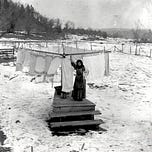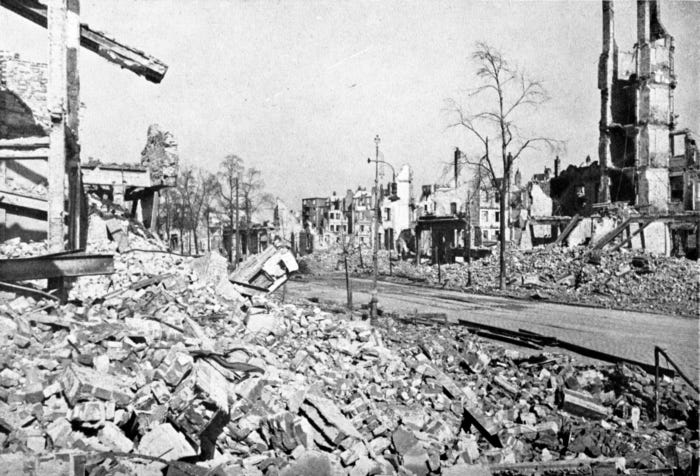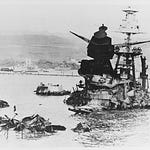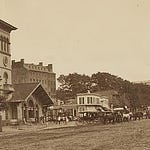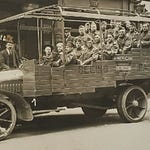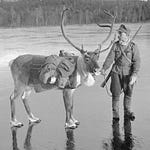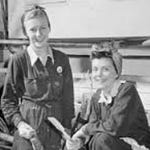Using the new weapon.
It was an odd situation.


In the late 1930s, Britain, the US, Germany and Japan learned independently that special aluminum foil strips dropped during an aerial attack could jam the enemy’s radar, making it more difficult for the enemy’s artillery batteries to down attacking aircraft.
But when World War II began, neither side chose to use this technology, fearing that their enemy would find the foil strips, duplicate them, and then use them in their own aerial attacks.

For Britain, this fear was especially acute.
If the German Luftwaffe could jam British home defense radar, then another Blitz could be unleashed against London and other British cities.
But on this date in 1943, this technological stand-off ended with the commencement of Operation Gomorrah, an eight-day aerial campaign over Hamburg, Germany, conducted by the RAF and US Air Forces.
On the first night, 791 bombers took off in clear weather.
They reached Hamburg in an hour, and then commenced a 48-minute aerial bombardment in six waves.


When the bombers returned to their bases in England, only twelve aircraft had been lost.
Typical aircraft losses in such a raid would have been fifty.
The steep reduction in loss was attributed to the aircraft’s use of these aluminum strips, called ‘chaff.’
When these strips are hit by radar, they resonate and re-radiate the radar signal, confusing the enemy who can no longer determine which radar blip on their screen is a real plane and which is merely an echo.
Operation Gomorrah devastated Hamburg, killing 37,000 people and triggering a mass exodus of survivors from the city.
Nazi war planners were shocked.
They responded by withdrawing resources and soldiers from the front and sending them to Germany to the protect the home front.
This was an unanticipated dividend of the Allied operation.
Meanwhile, 5,200 miles away, construction of the Manhattan Project’s research facilities in Los Alamos, New Mexico, under the direction of Robert Oppenheimer, was underway.
Unlike chaff, the atomic bomb developed there two years later would not be held in reserve.
When dropped on Nagasaki, the atomic bomb would claim the same number of civilian lives as those lost in Hamburg.

This whole story makes me sick.
******************************
I’ll see you tomorrow.
— Brenda
Banner image: Hamburg, late July 1943.


